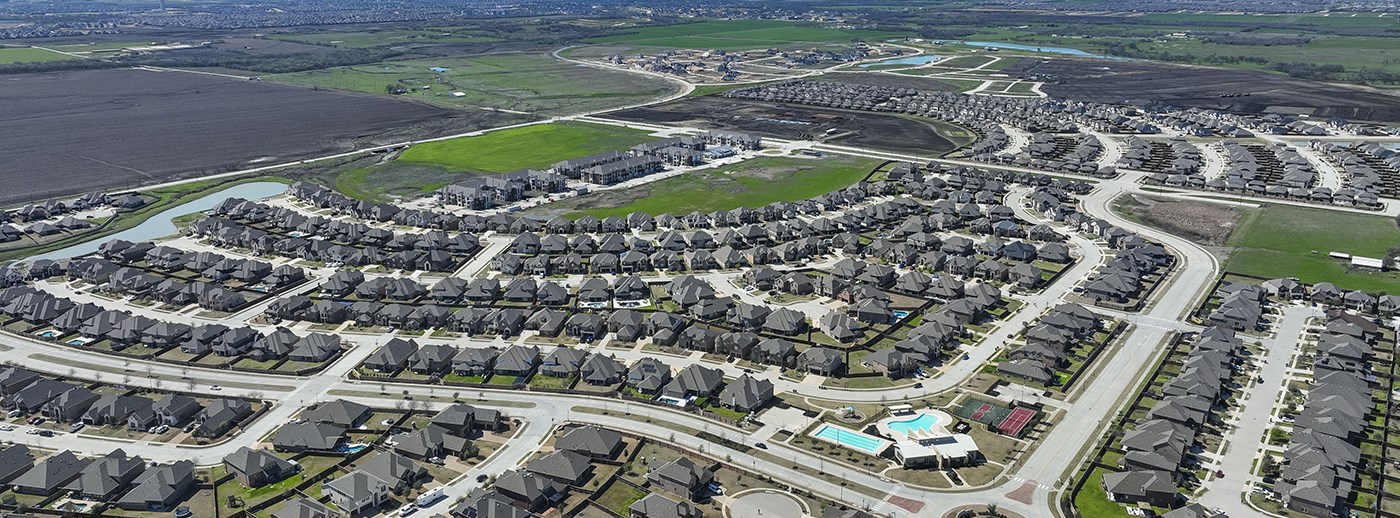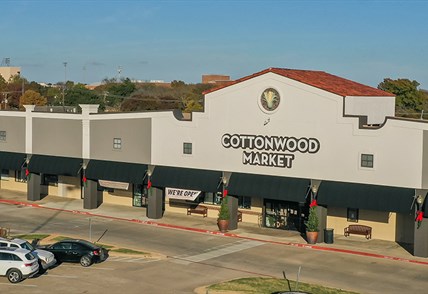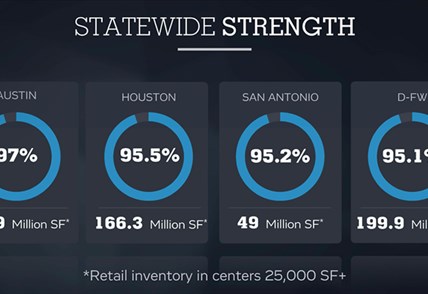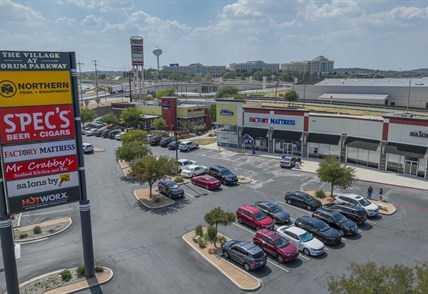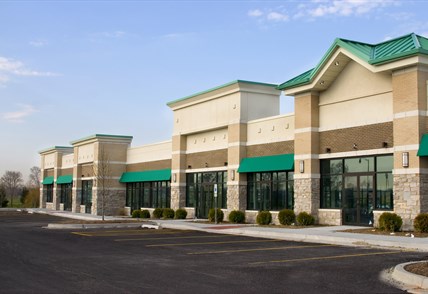Retail real estate is enjoying its best decade—in terms of balanced supply and demand—that I can remember during my long tenure in the industry. Every year this decade, since occupancy finally climbed to the all-important 90 percent mark in 2014, has seen steady gains in leasing that have finally led us to 2024, when DFW is reporting the tightest retail market in its history.
One question I get asked is, “Is this situation sustainable?” The answer is strongly in the affirmative, as I’ll explain.
The question about sustainability is often asked by experienced professionals who remember previous up cycles, which typically were followed by down markets and even crashes.
Retail in the 1980s will be remembered as a go-go decade that saw some of DFW’s most active construction years, dominated by speculative space that, along with the savings-and-loan crisis, resulted by the end of the decade in the worst real estate crash since the Great Depression.
The 1990s were the era of the power center—large centers with line-ups of category-killer concepts like Bed Bath & Beyond, Incredible Universe, CompUSA, Virgin Megastores and Best Buy. These stores, which supersized the departments that previously were in department stores, often had three brands competing in the same category, at times even at the same regional intersection.
These category killers resulted in department store weakness and even failures. The intense completion in each category resulted in some chains closing up completely and helped lead to the decline of the weaker traditional enclosed malls. During the ‘90s, occupancy never rose above 89 percent, with the low point being 83 percent.
In the 2000s, the power retailers themselves began to struggle, unable to compete with the “endless aisles” of Amazon and the like. The 2008 financial crisis further brought about the failure of once-vibrant power center retailers like Linens ‘N Things, book and music retailer Borders Group, Pier 1, Circuit City, and others.
As a result of these up-and-down decades, the market learned some strong lessons, primarily to focus on areas with strong fundamentals and to build new space in line with demand.
Bringing new construction in line with demand would pay off as the market reached 90 percent occupancy in 2014, with each year since reporting both healthy occupancy and new retail deliveries aligned with pre-leasing and user demand. Now, the market is at record occupancy of 95.2 percent. Yet new construction last year only added about 1 million square feet – a rounding error on a 200-million-square-foot inventory.
This year, construction is on track to add around 1.9 million square feet, another conservative number for a market enjoying record occupancy in the midst of arguably the strongest metro economy in the nation. Most of that new space, supported by incredible residential growth, was accounted for by the expansion of new grocery stores.
When you consider our current market, these are the factors that will help keep it strong.
- Retail construction remains conservative, and what is being built is adding to occupancy with anchor stores and pre-leased shop space. We’re in the midst of a decade-long streak of good news, and new deliveries still remain in check.
- The majority of new space is being created by new large-format anchor stores for H-E-B, Tom Thumb, Kroger, Walmart, Costco, and the like.
- Brick-and-mortar retail is more essential than ever. Even in the midst of the pandemic shut-down, brick-and-mortar succeeded, thanks to the industry’s ability to transform with “tech and mortar.” Tech and mortar is what we call the supercharging of physical retail real estate with digital outreach that fulfills the consumer’s preference for convenience, selection, and experience.
- Further, the ‘halo’ effect means brick-and-mortar stores create not only places to shop but enhance brand awareness and trust. Thus, the store itself plays a critical part in driving both in-store and online sales.
Last but certainly not least—we’re in a market that is an economic powerhouse.
If you want to know why new construction is dominated by grocery stores, consider that DFW dominates the lists of fastest-growing cities in the country. Our area has two of the fastest-growing large cities above 50,000 residents: Frisco and McKinney. For fastest-growing cities with at least 20,000 people, North Texas also dominates the list with five entries: Celina with a 26.6 percent annual population jump, Princeton with a 22.3 percent annual increase, Anna with 16.9 percent, Prosper with 10.5 percent, and Forney with 10.4 percent. The growth is primarily due to people moving here as more businesses relocate to DFW.
And the growth is widespread, not just limited to the suburbs. In the most recent census report, Fort Worth added more than 21,000 people, the second-most in the country behind only San Antonio. Denton added more than 7,900 people, the 13th-most in the nation, and Dallas—a largely built-out city—added an estimated 5,510 people.
We have all heard that retail follows rooftops, and the retail market health is partly due to the fact that four North Texas counties were in the top 15 for overall housing unit growth. The Census Bureau reports that Collin County added 18,000 new housing units to rank as the fifth-most-active U.S. home market, a list that includes Tarrant County with 17,194 new homes, Denton County with 14,296, and Dallas County with 13,644.
The outlook for more growth is bright as DFW continues to be a population magnet. More people mean more households, and that means more retail demand. That’s why I am confident that the current health in our retail market will be sustainable over the long term.
Herb Weitzman is executive chairman of Weitzman. This post originally ran in D CEO Magazine.
